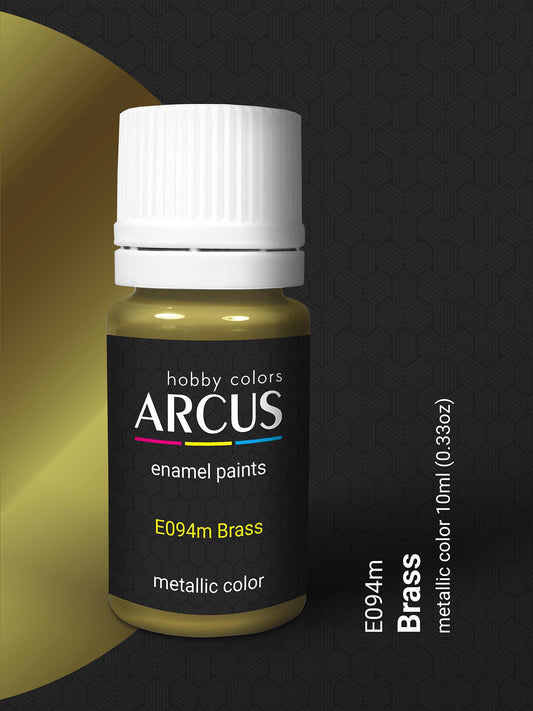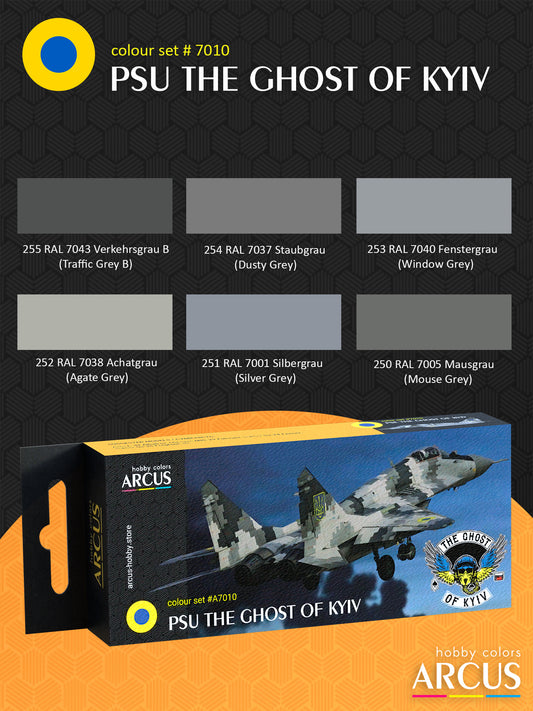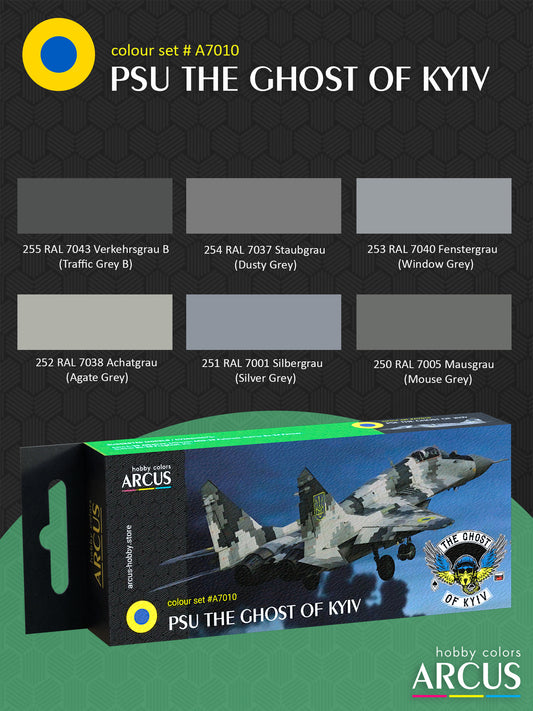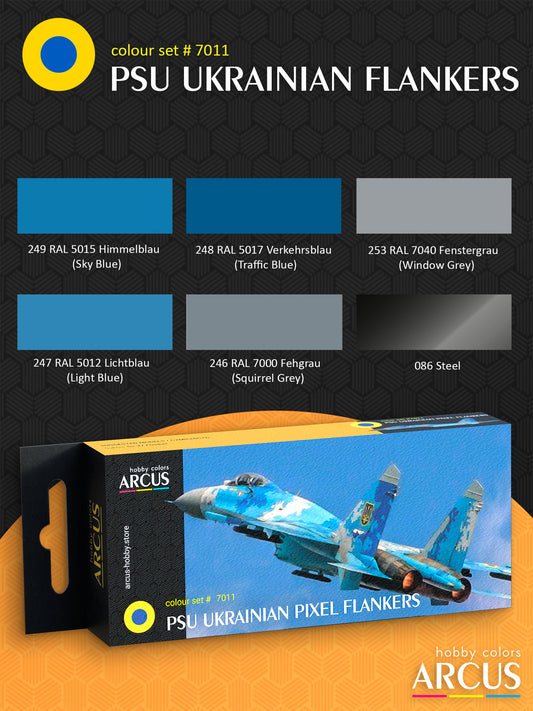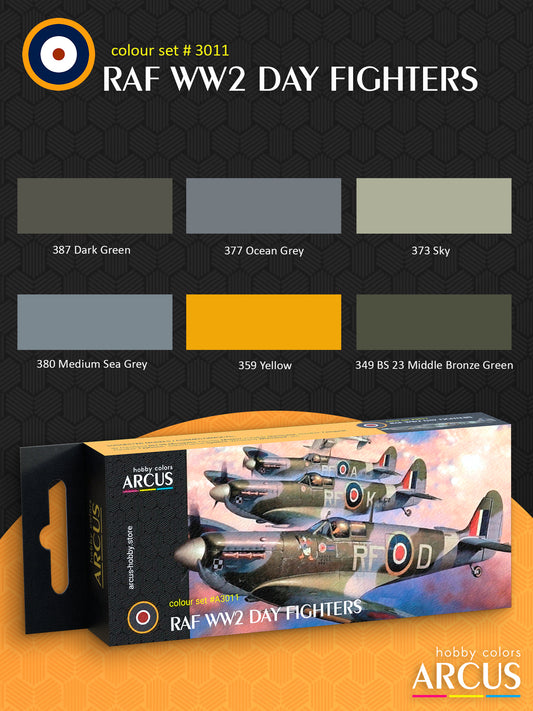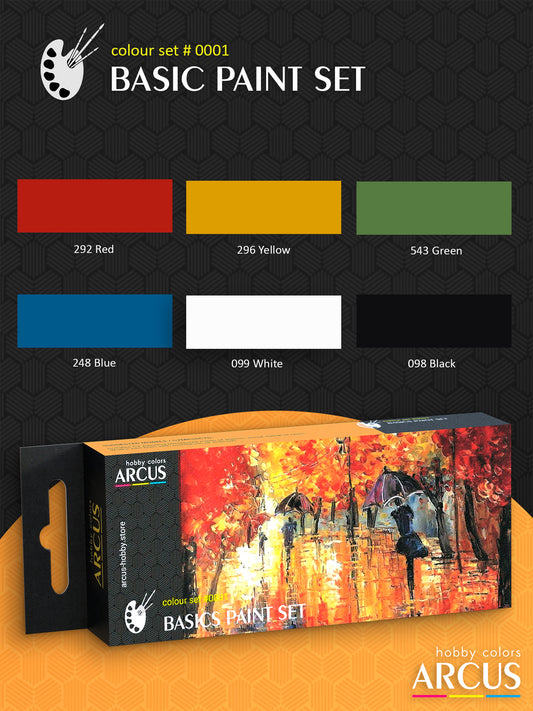In the realm of paints and coatings for scale models, a metallic color signifies a hue that mimics the appearance of polished metal. The characteristic visual effect associated with metals is their metallic shine. However, replicating this shiny effect is not possible with a simple solid color, as it depends on how the material's brightness changes with the angle of the surface relative to the light source. Additionally, displaying metallic or fluorescent colors accurately on a computer necessitates the use of rendering software that simulates the interaction of light with a shiny surface. Consequently, in the context of art and heraldry, modelers often resort to metallic paints that shimmer like genuine metal.
What Is a Metallic Look?
Regarding the metallic look, it encompasses any finish that resembles metal or exhibits mirror-like reflective effects, sparkle, glitter, pearlescent qualities, or silver, bronze, gold, or chrome finishes. Metallics offer a wide range of types, all of which display color variations when viewed from different angles.
How We Measure Metallic Colors?
Metallic finishes are highly attractive but present real challenges when it comes to touch-ups, as experienced by anyone dealing with products featuring metallic finishes. Formulating touch-up solutions for metallic coatings proves to be difficult due to the absence of software capable of accurately matching the color of a metallic coating. Although there are spectrophotometers and software available for quality control of metallic matches, they require expensive multi-angle spectrophotometers and software, which only provide a measure of how good the match is without offering guidance on creating the match.
How We Produce Metallics?
Metallic coatings incorporate a variety of pigments, including aluminum and bronze pastes, aluminum and bronze powders, as well as a range of mica and synthetic particles. Furthermore, these diverse pigments come in various colors, flake shapes, and sizes, all contributing to the final effect.
How to Apply Metallic Paints?
In addition to the complexity of pigments, the application method employed also impacts the appearance of metallic coatings. Conceptualize a metallic coating comprising countless tiny reflective metal plates. The alignment of these plates influences how the coating looks and behaves, with the reflection of light changing as the viewing angle shifts. This phenomenon, often referred to as the "flip flop," describes the lighter/darker shift observed when tilting the metallic coating up and down. The flip-flop results from the reflection of light off the metallic particles in the coating. The behavior of the flip flop is significantly influenced by the coating type and application method. For instance, a powder coating applied using electrostatic charge aligns all particles in the same direction. This alignment would not exist in a liquid touch-up, meaning that even if the touch-up paint is identical, it would appear different depending on the viewing angle. As a result, achieving an exact match between powder-coated metallics and liquid paints is practically impossible. When matching metallics, modelers consistently adhere to a fixed 45-degree viewing angle.
What Metallic Pigments We Use?
Metallic pigments add further complexities to the development of touch-ups for metallic coatings. In many cases, creating an exact match with metallics proves challenging due to the inherent limitations of physics. Nevertheless, modelers employ a systematic process that involves careful evaluation of color, particle size, and reflectivity (flash) to select suitable starting pigments and bases. Subsequently, they engage in an iterative process, combining bronze, aluminum, and mica pigments, along with colorants and dyes, to achieve the best mixture. This process relies on scientific principles and draws upon substantial experience. Comprehensive notes are maintained for each step, enabling modelers to start from and improve upon the last best formula if necessary. Constant additions of new materials to the pigment library further enhance capabilities in achieving optimal results.
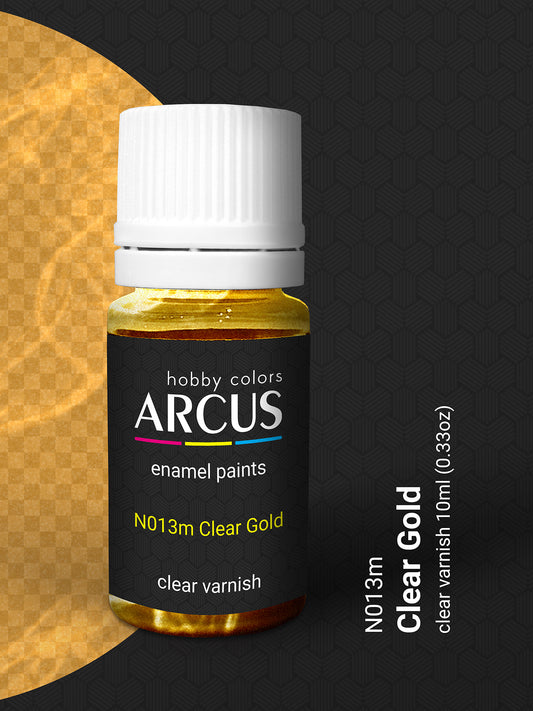
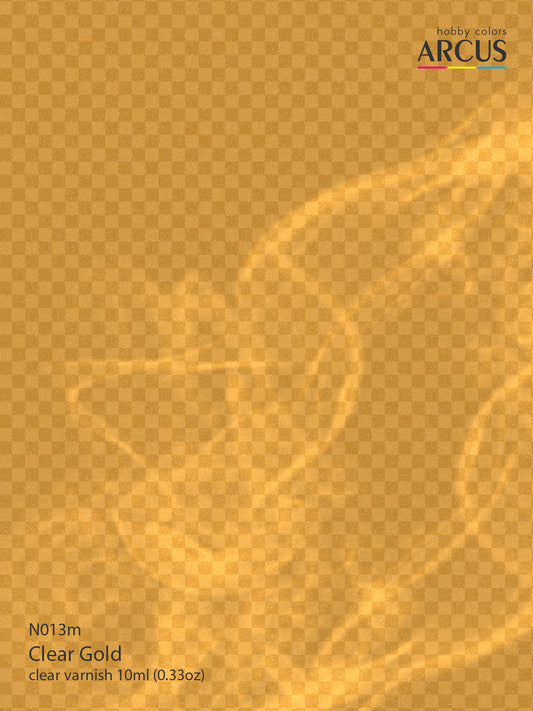 SaleVendor:Arcus Hobby PaintRegular price $1.95 USDRegular priceUnit price per
SaleVendor:Arcus Hobby PaintRegular price $1.95 USDRegular priceUnit price per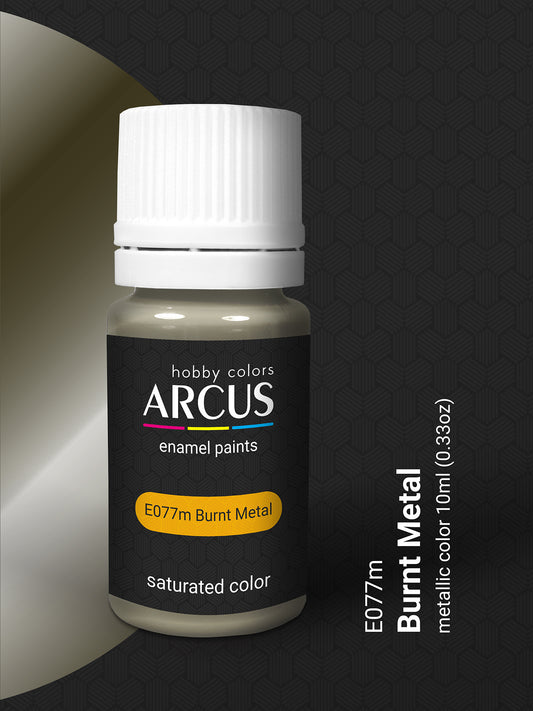
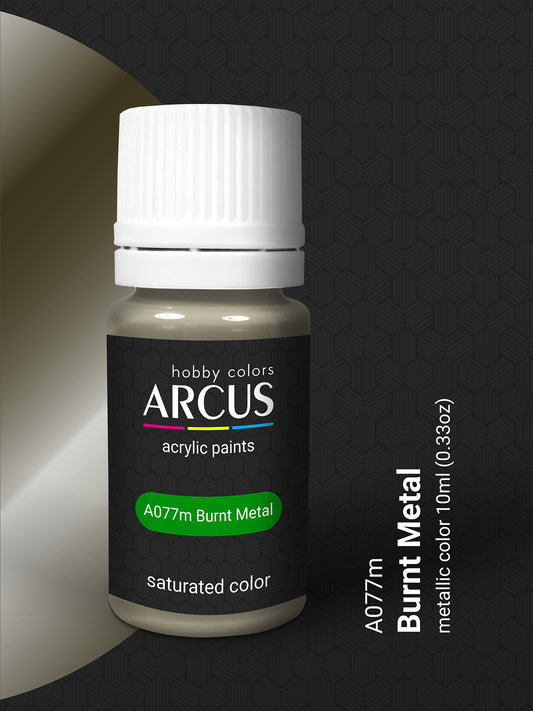 SaleVendor:Arcus HobbyRegular price $1.95 USDRegular priceUnit price per
SaleVendor:Arcus HobbyRegular price $1.95 USDRegular priceUnit price per
 SaleVendor:Arcus HobbyRegular price $1.95 USDRegular priceUnit price per
SaleVendor:Arcus HobbyRegular price $1.95 USDRegular priceUnit price per
 SaleVendor:Arcus HobbyRegular price $1.95 USDRegular priceUnit price per
SaleVendor:Arcus HobbyRegular price $1.95 USDRegular priceUnit price per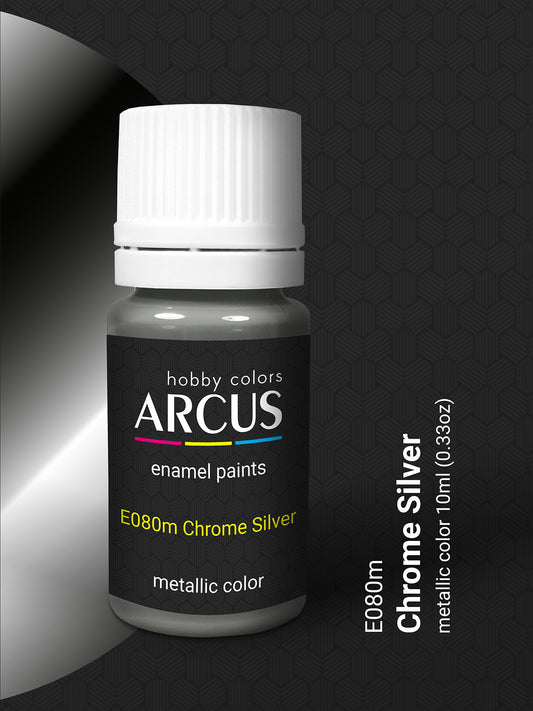
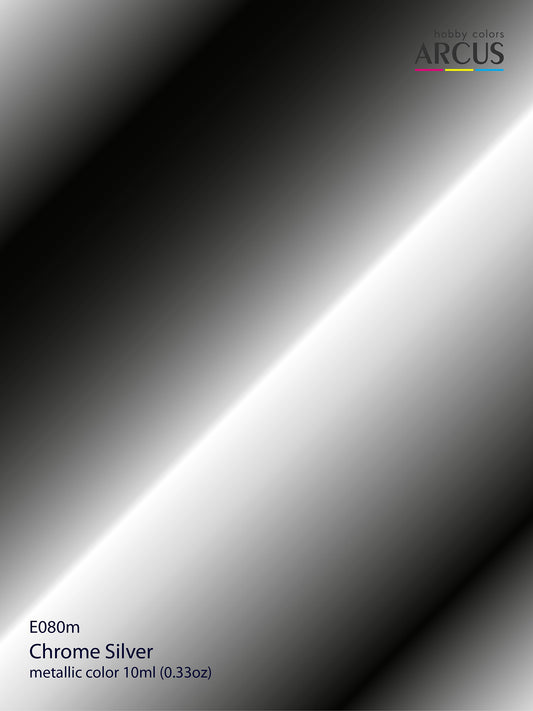 SaleVendor:arcus-hobbyRegular price $1.95 USDRegular priceUnit price per
SaleVendor:arcus-hobbyRegular price $1.95 USDRegular priceUnit price per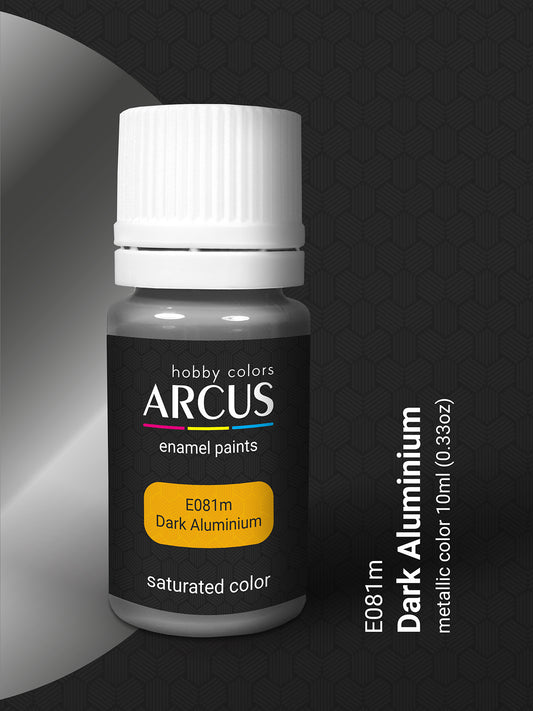
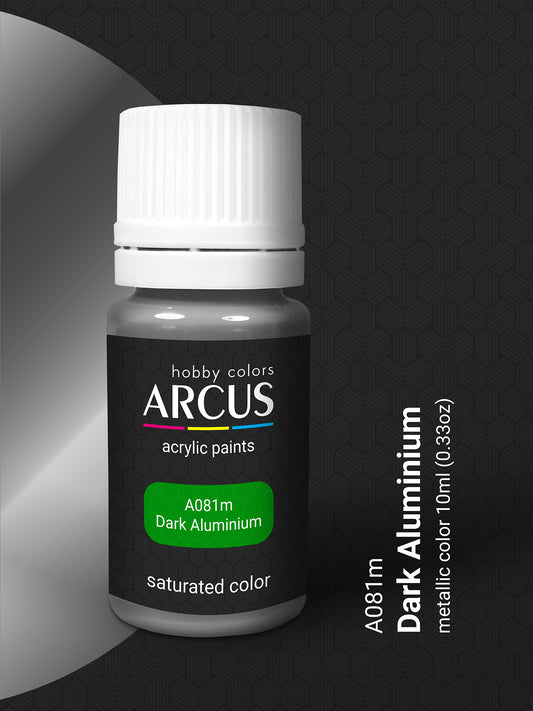 SaleVendor:Arcus HobbyRegular price $1.95 USDRegular priceUnit price per
SaleVendor:Arcus HobbyRegular price $1.95 USDRegular priceUnit price per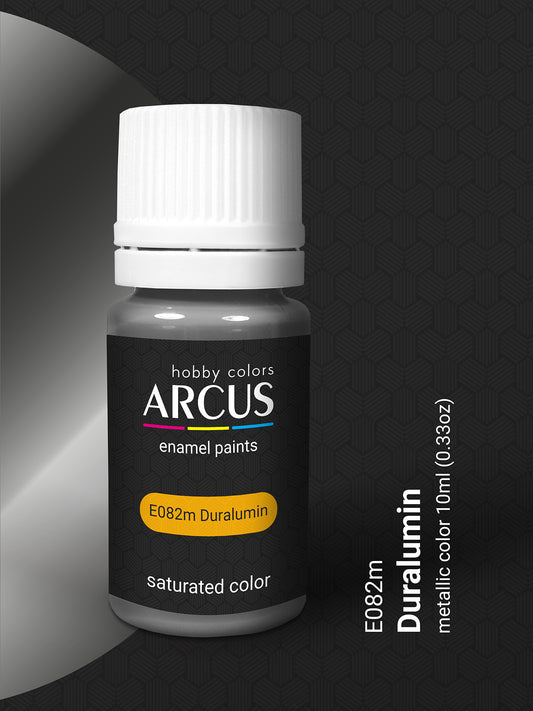
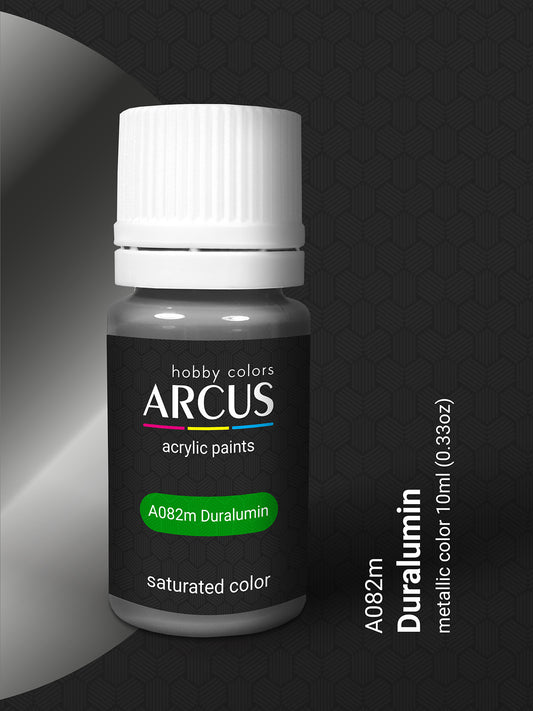 SaleVendor:Arcus HobbyRegular price $1.95 USDRegular priceUnit price per
SaleVendor:Arcus HobbyRegular price $1.95 USDRegular priceUnit price per
 SaleVendor:Arcus HobbyRegular price $1.95 USDRegular priceUnit price per
SaleVendor:Arcus HobbyRegular price $1.95 USDRegular priceUnit price per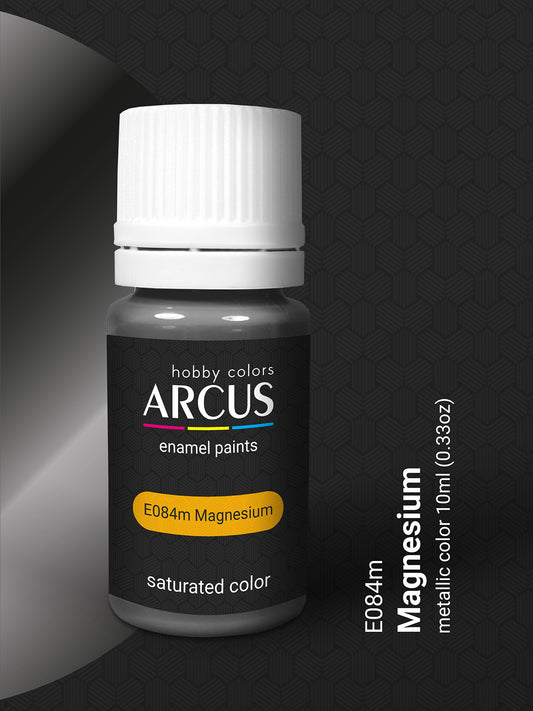
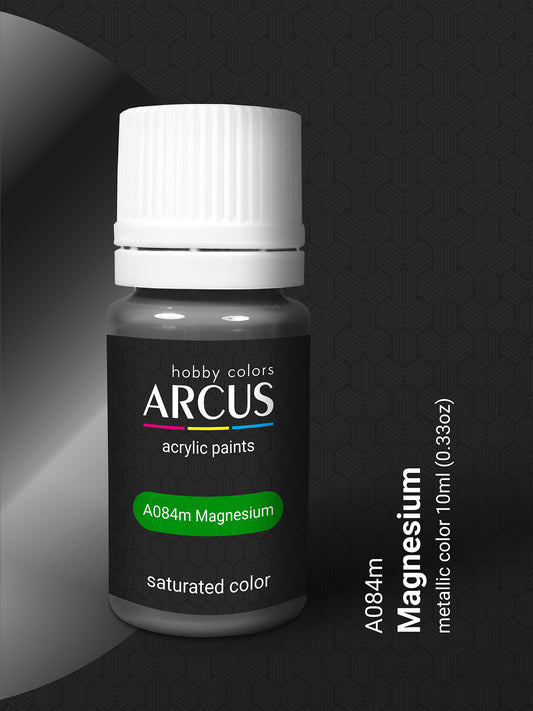 SaleVendor:Arcus HobbyRegular price $1.95 USDRegular priceUnit price per
SaleVendor:Arcus HobbyRegular price $1.95 USDRegular priceUnit price per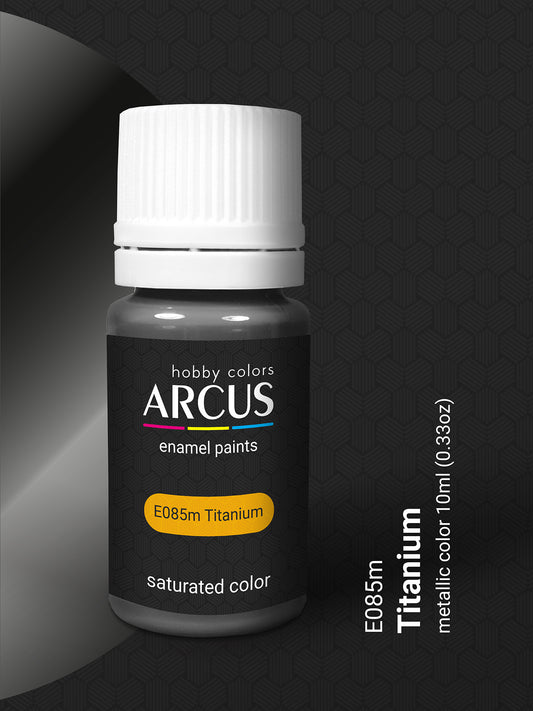
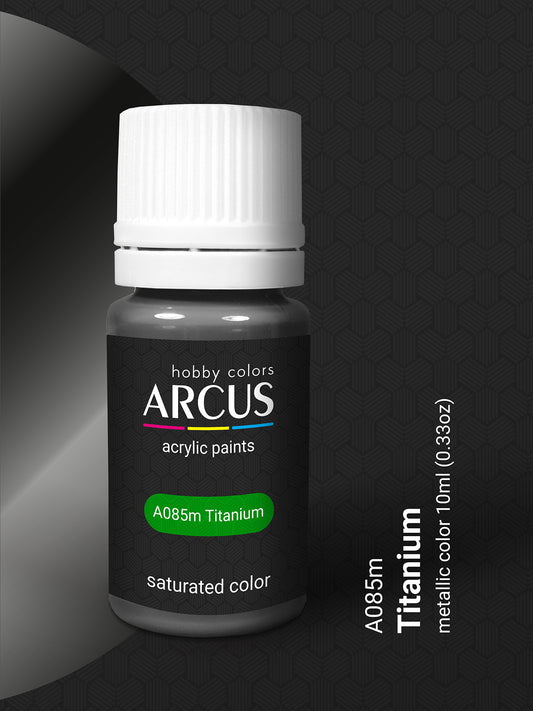 SaleVendor:Arcus HobbyRegular price $1.95 USDRegular priceUnit price per
SaleVendor:Arcus HobbyRegular price $1.95 USDRegular priceUnit price per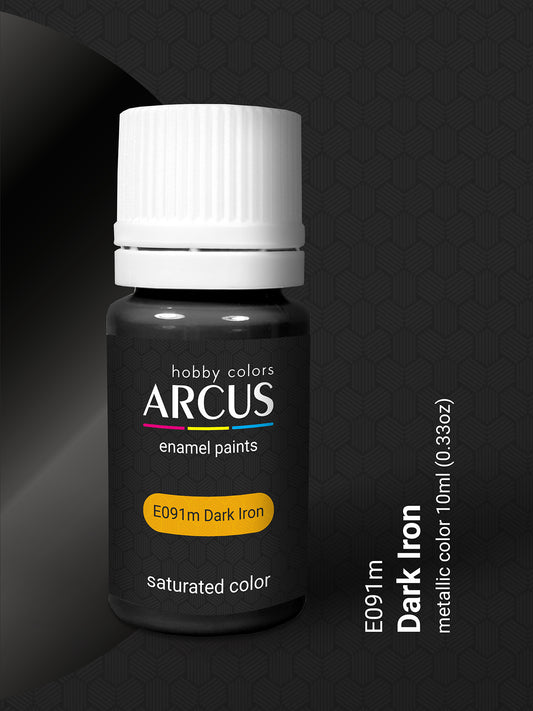
 SaleVendor:Arcus HobbyRegular price $1.95 USDRegular priceUnit price per
SaleVendor:Arcus HobbyRegular price $1.95 USDRegular priceUnit price per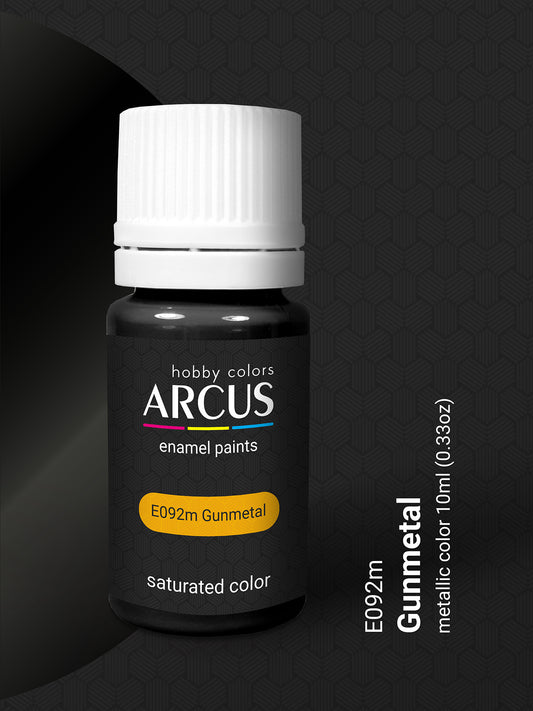
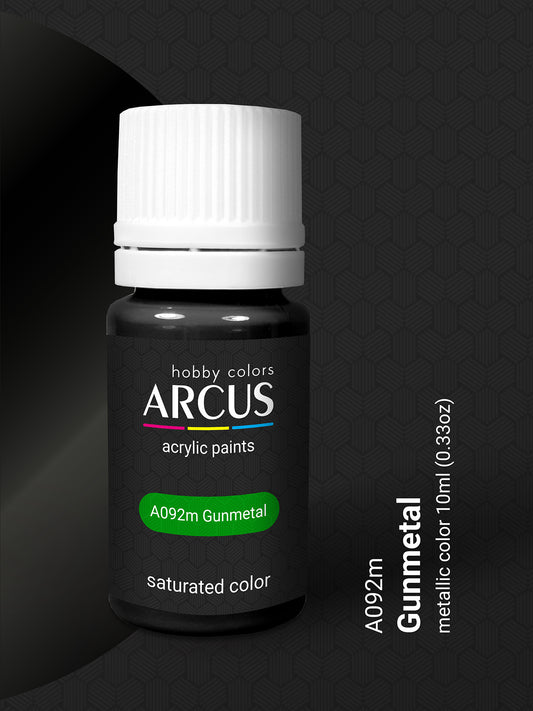 SaleVendor:Arcus HobbyRegular price $1.95 USDRegular priceUnit price per
SaleVendor:Arcus HobbyRegular price $1.95 USDRegular priceUnit price per
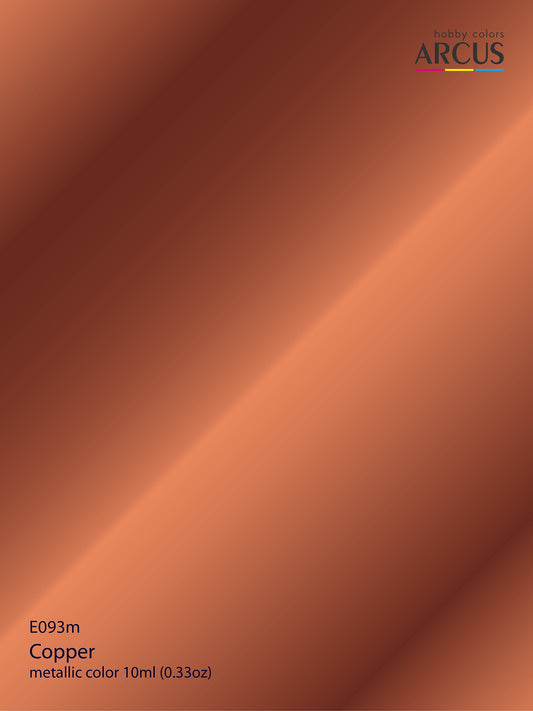 SaleVendor:arcus-hobbyRegular price $1.95 USDRegular priceUnit price per
SaleVendor:arcus-hobbyRegular price $1.95 USDRegular priceUnit price per
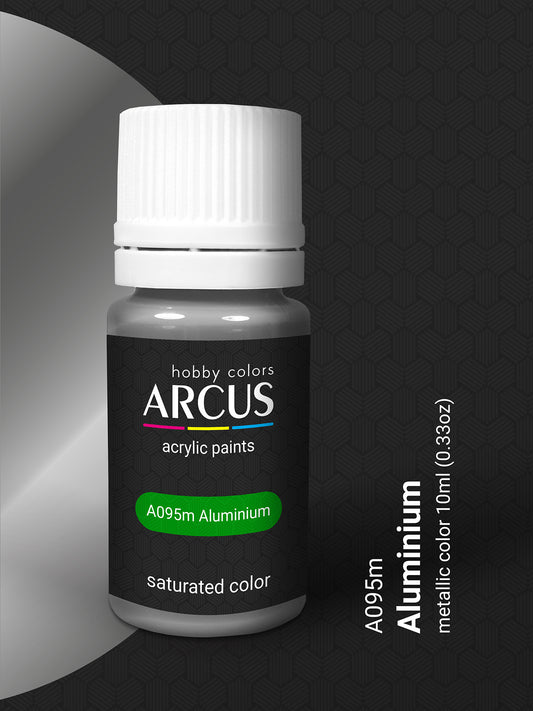 SaleVendor:Arcus HobbyRegular price $1.95 USDRegular priceUnit price per
SaleVendor:Arcus HobbyRegular price $1.95 USDRegular priceUnit price per





























